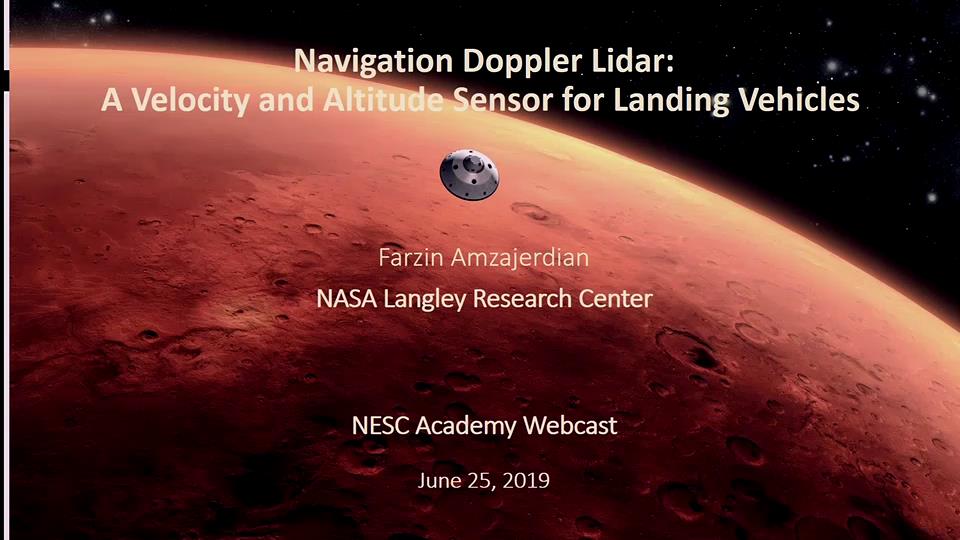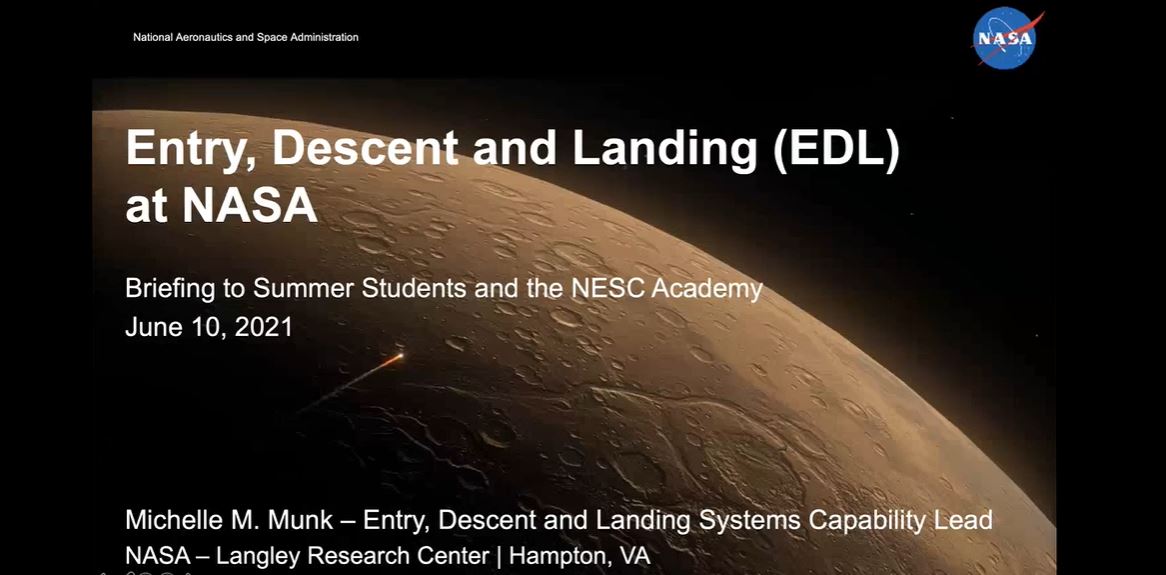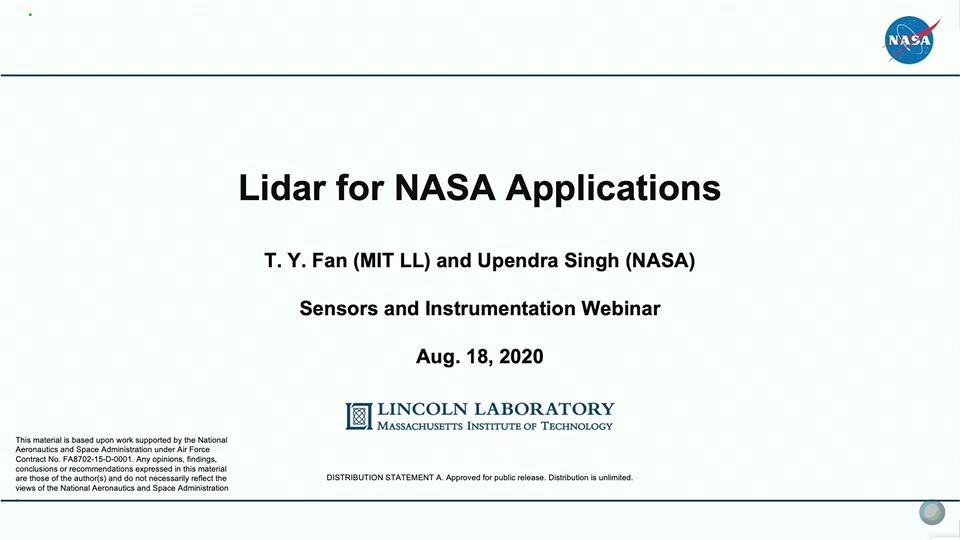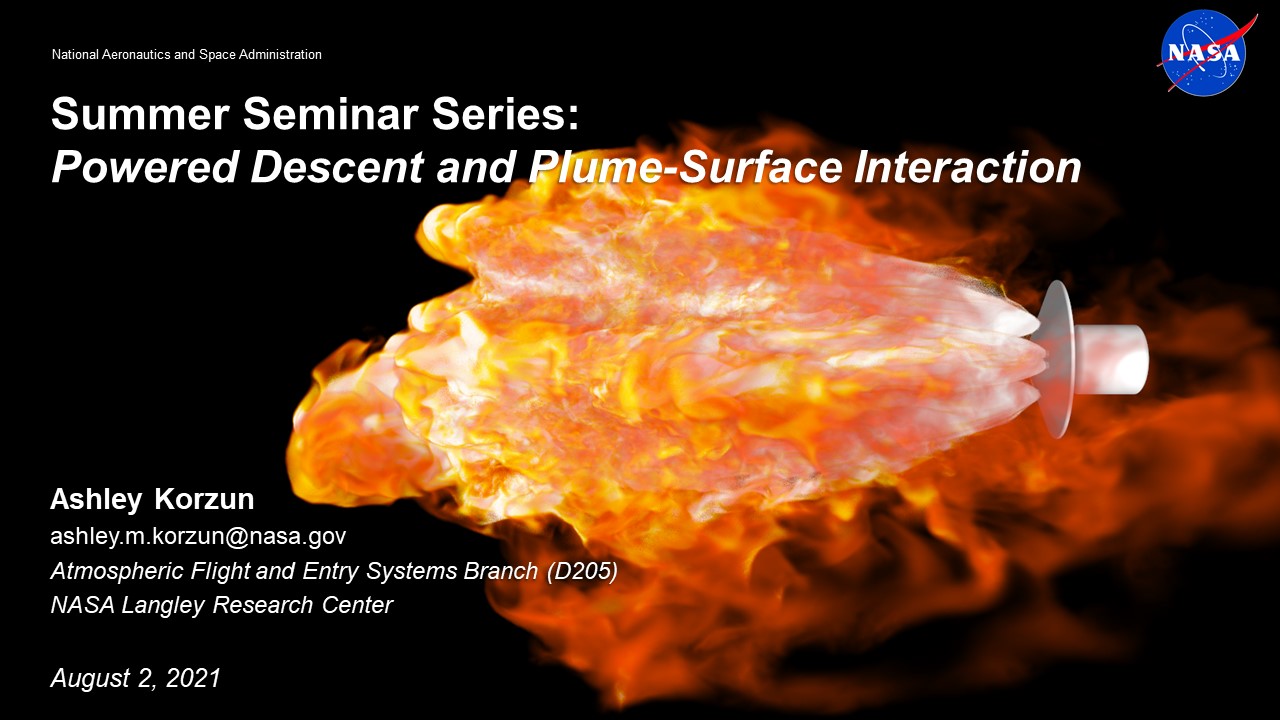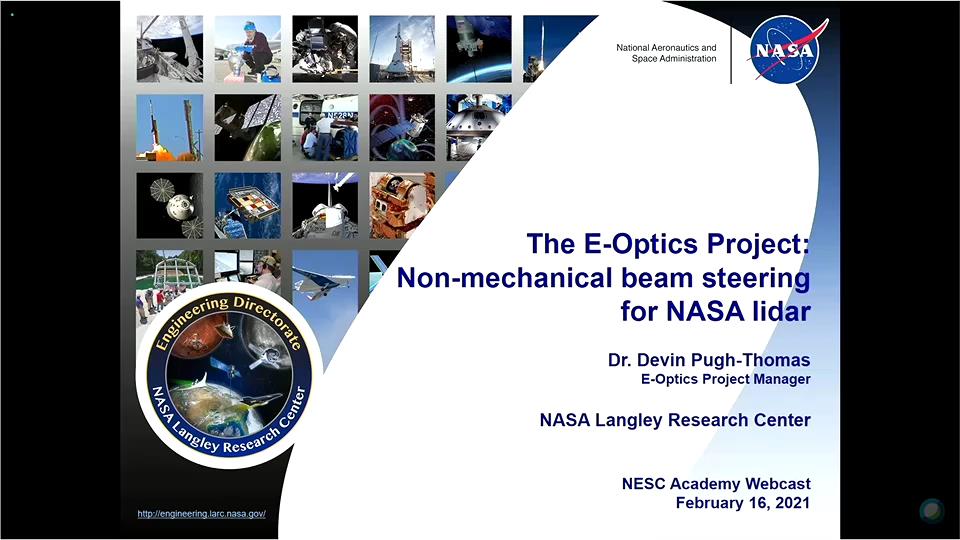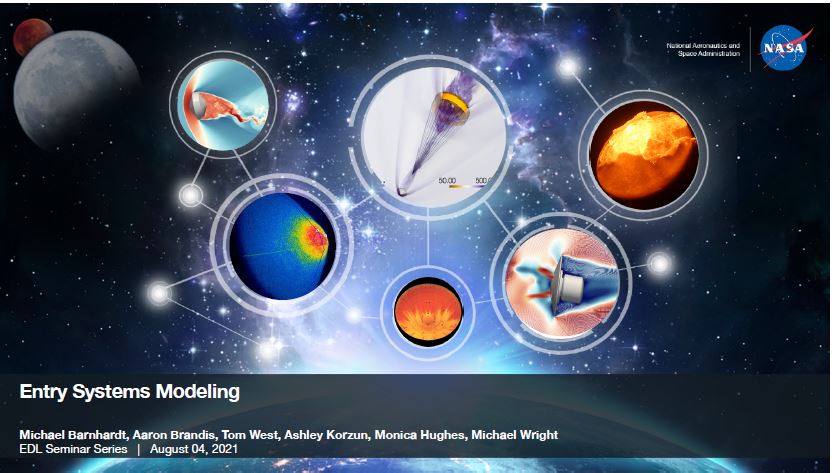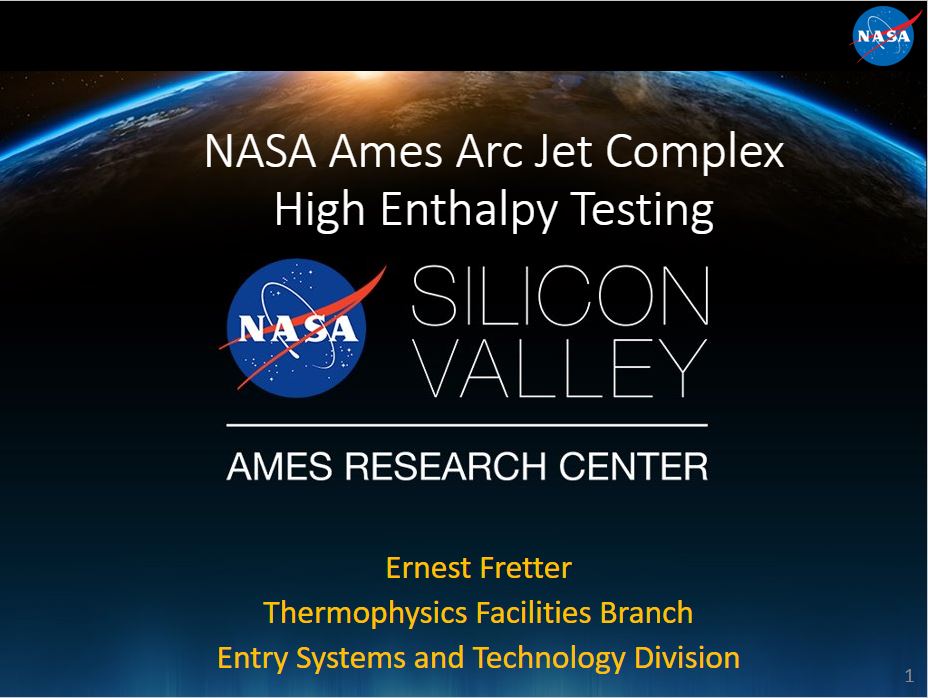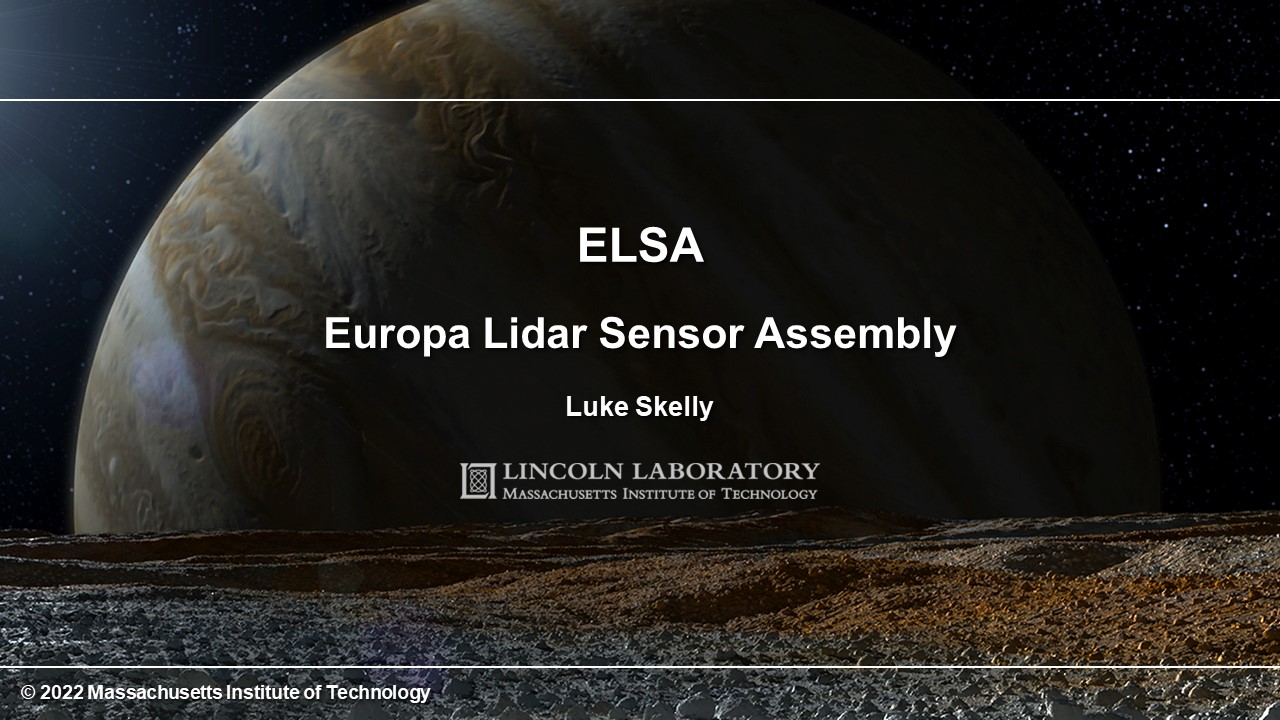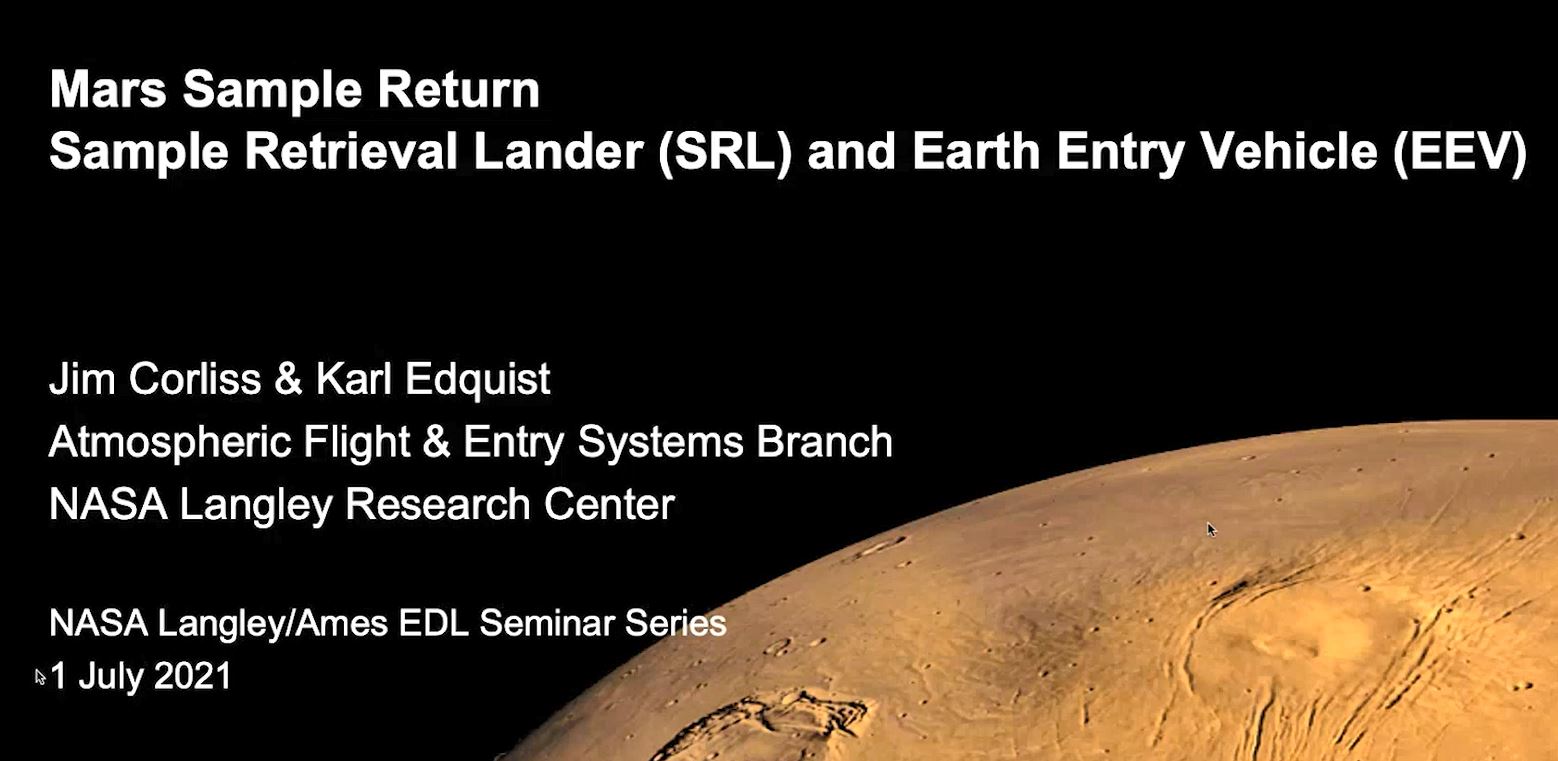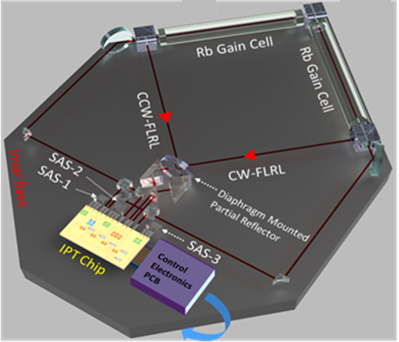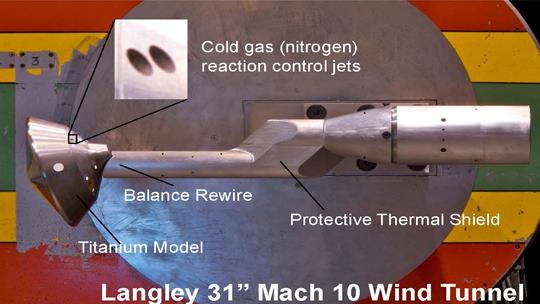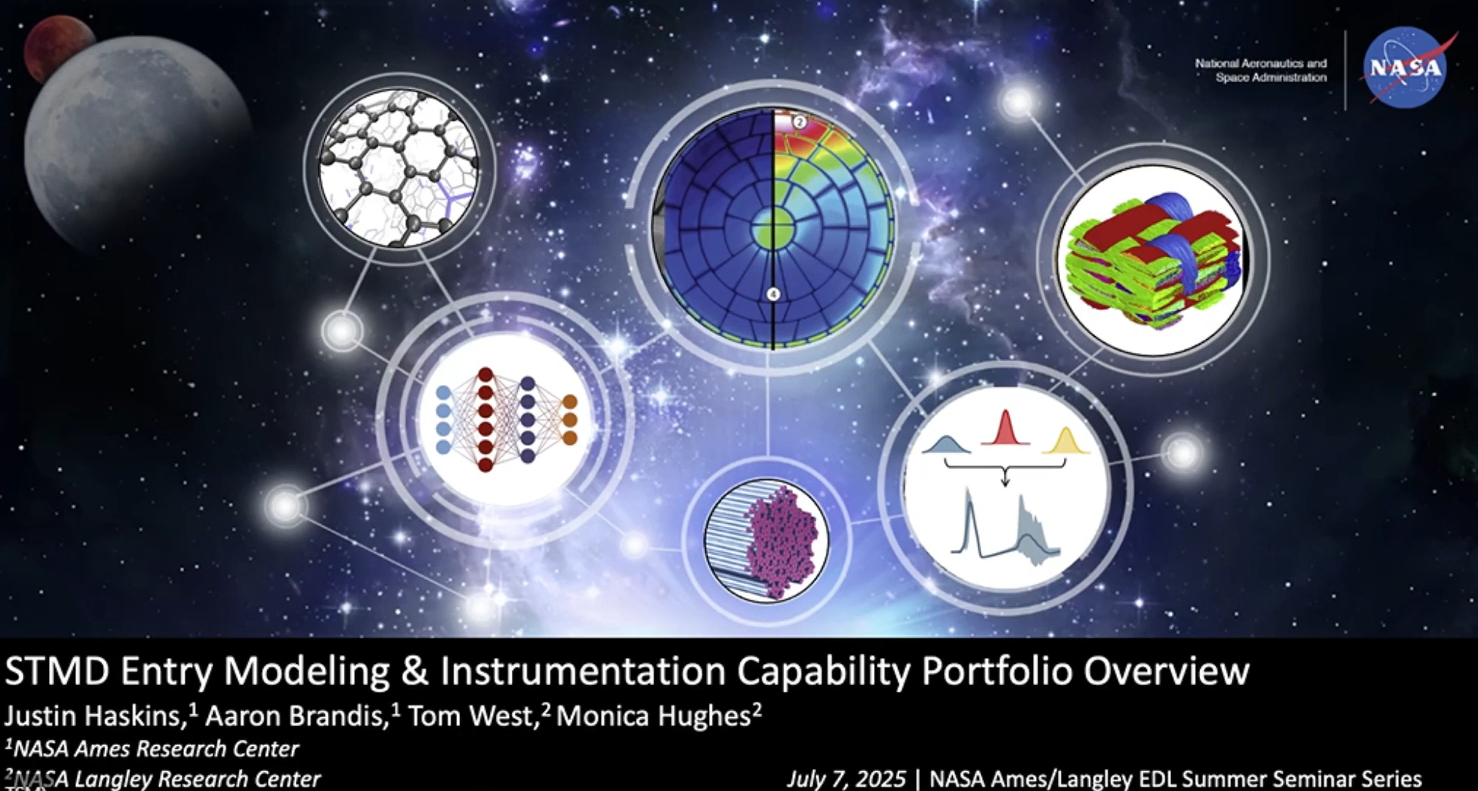Entry, Descent, and Landing Instrumentation
The Entry, Descent, and Landing (EDL) phase of a scientific mission to a planetary body involving atmospheric flight is critical because the spacecraft must survive the extreme environment it encounters as it traverses the atmosphere. Mission designers must ensure the spacecraft's Thermal Protection System (TPS) can adequately protect the spacecraft, and the scientific payloads it carries. The EDL sequence is often regarded to be among the riskiest parts of the mission because there is little to no opportunity to take corrective action if a problem or anomaly is encountered. The Thermal Protection System is a single point of failure, and its design involves a robust sizing and margins process. Engineering instrumentation embedded within the Thermal Protection System provides valuable flight data to support verification and validation of analysis and simulation tools that are used for TPS design.
This presentation will give an overview of in-situ EDL instrumentation used in atmospheric entry vehicles. Examples of different sensor types and recent instrumentation flown on NASA missions within the past decade will be presented, including the instrumentation suites flown on the Mars Science Laboratory, Mars 2020, and Orion Exploration Flight Test-1 missions. In addition, instrumentation that will fly on the Artemis 1 and 2, and Dragonfly missions will be described. Furthermore, sensor measurement accuracy and/or resolution for the current state-of-the-art, along with future needs, will also be discussed.
